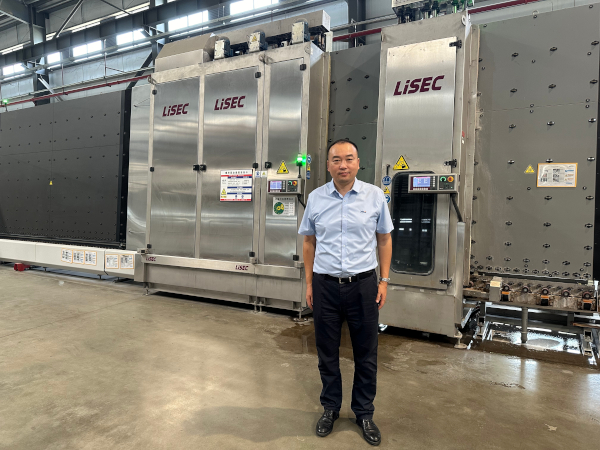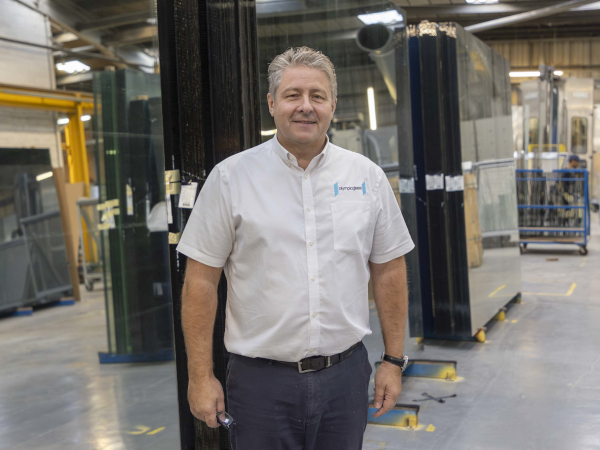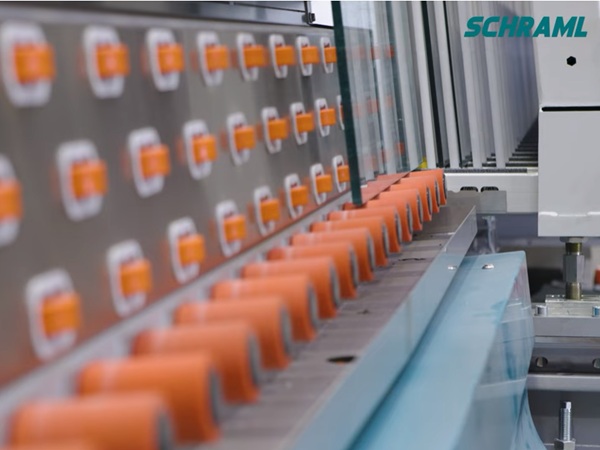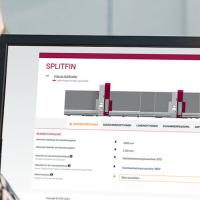Date: 11 May 2011
The need for alternative solutions is getting bigger and LiSEC reveals a high-potential new solution for triple IG-units.
Compared to common double units, triple IG-units provide excellent thermal insulation values and they will therefore be used as a standard glazing in the very near future. But conventional triple units also have some disadvantages: inevitably they are thicker and also considerably heavier which complicates their mounting. They also require strengthened profiles and mountings for windows and facades due to their higher weight. Now LiSEC’s interesting approach provides solutions to these problems.
Lightweight Triple IG-Units
LiSEC’s idea is to use tempered thin glass for triple IG-units. This reduces the elements’ weight down to the weight of common double IG-units and enables the production of more flexible and therefore more durable units. As a result the problem of climate loads is controlled in a better way. One possible construction consists of one exterior 4 mm float glass sheet, one partly tempered 2 mm centre pane and one interior 3 mm float sheet. At a weight of only 22.5 kg/m², a Ug-value of 0.6 W/m² and light transmission of 73 % can be achieved. Total energy transmission amounts to 61 %, which is comparable to a double unit. Also sound insulation is of equivalent quality because of the sheets’ different thicknesses.
LiSEC also explains that, because of the membrane effect of the flexible, tempered thin glass in the unit, optical distortions were reduced substantially. Even if the glass was exposed to high temperature changes, fluctuations in pressure would be compensated within the unit. According to LiSEC, it can therefore almost be excluded that the glass breaks.
Ready for the market
This new approach has a huge market potential. Its low weight, excellent thermal insulation and particularly its easy assembly makes the new, lighter triple unit very attractive. While other approaches like vacuum insulating glass are not yet ready for the market, triple insulating glass units using thin glass sheets can already be produced using existing processes and LiSEC machines.
Thin glass is tempered in a LiSEC Flatbed tempering furnace which ensures uniform microstructures with a very high density and tensile strength of the surfaces. The glass is handled without being touched using air cushions. Thin glass processed this way gets very flexible and shows only lowest optical distortions. Because of these properties, tempered thin glass is also of great interest for double units, such as laminated or casement windows.










Add new comment